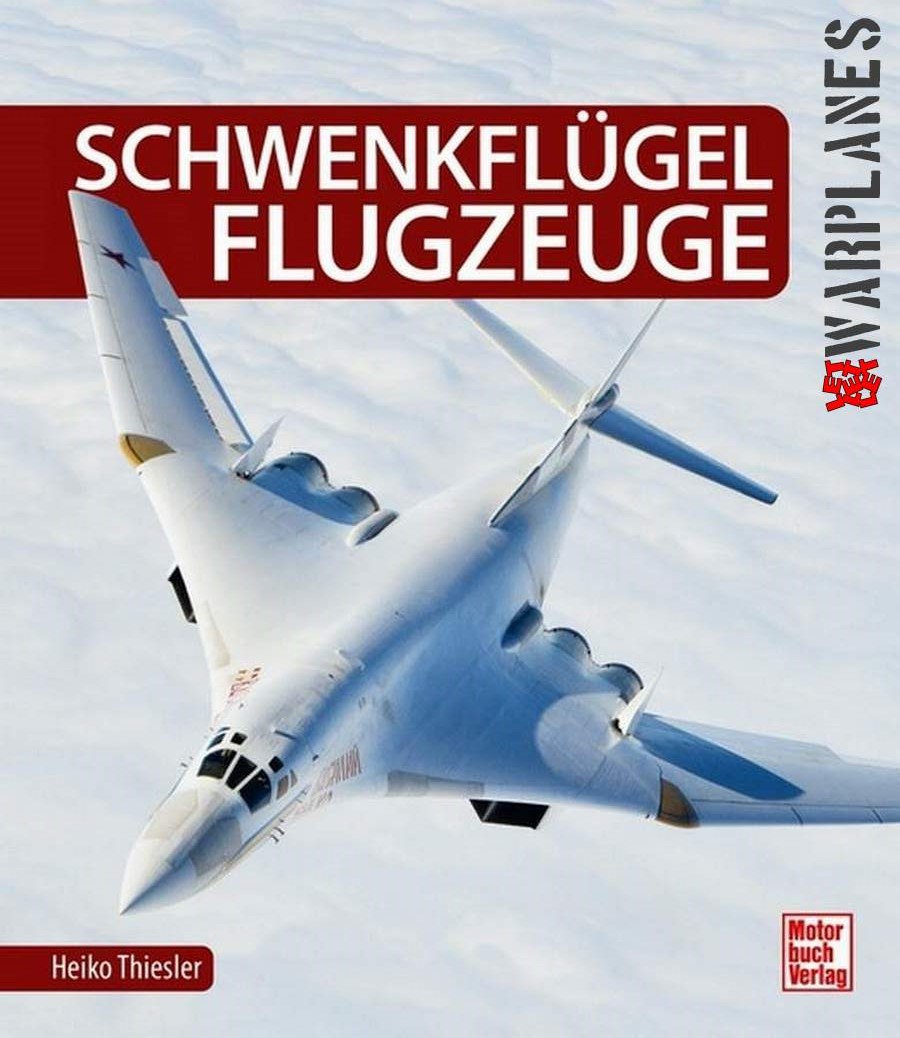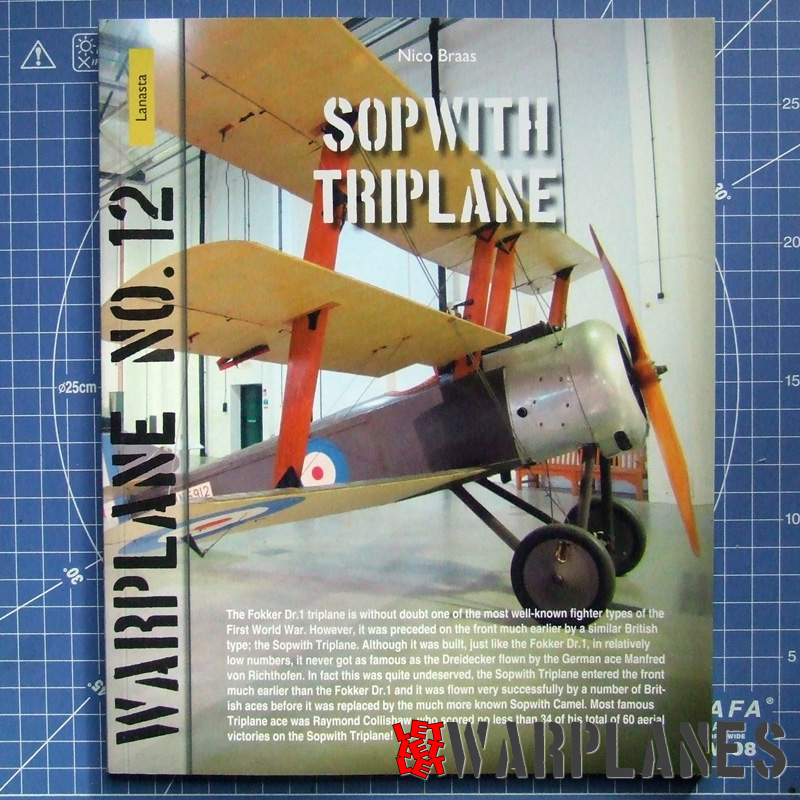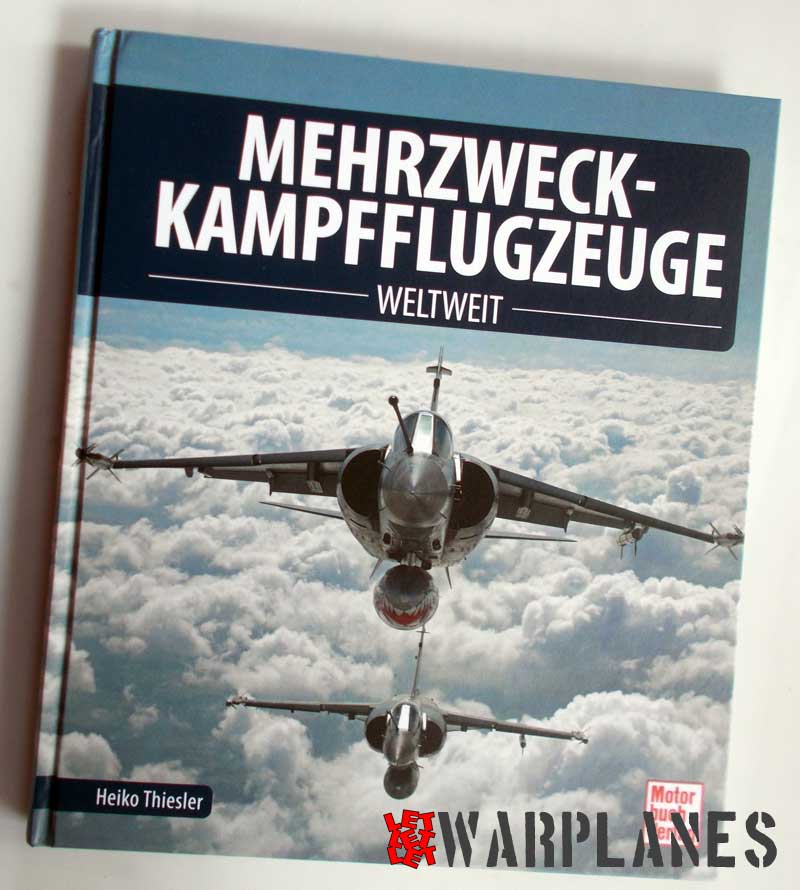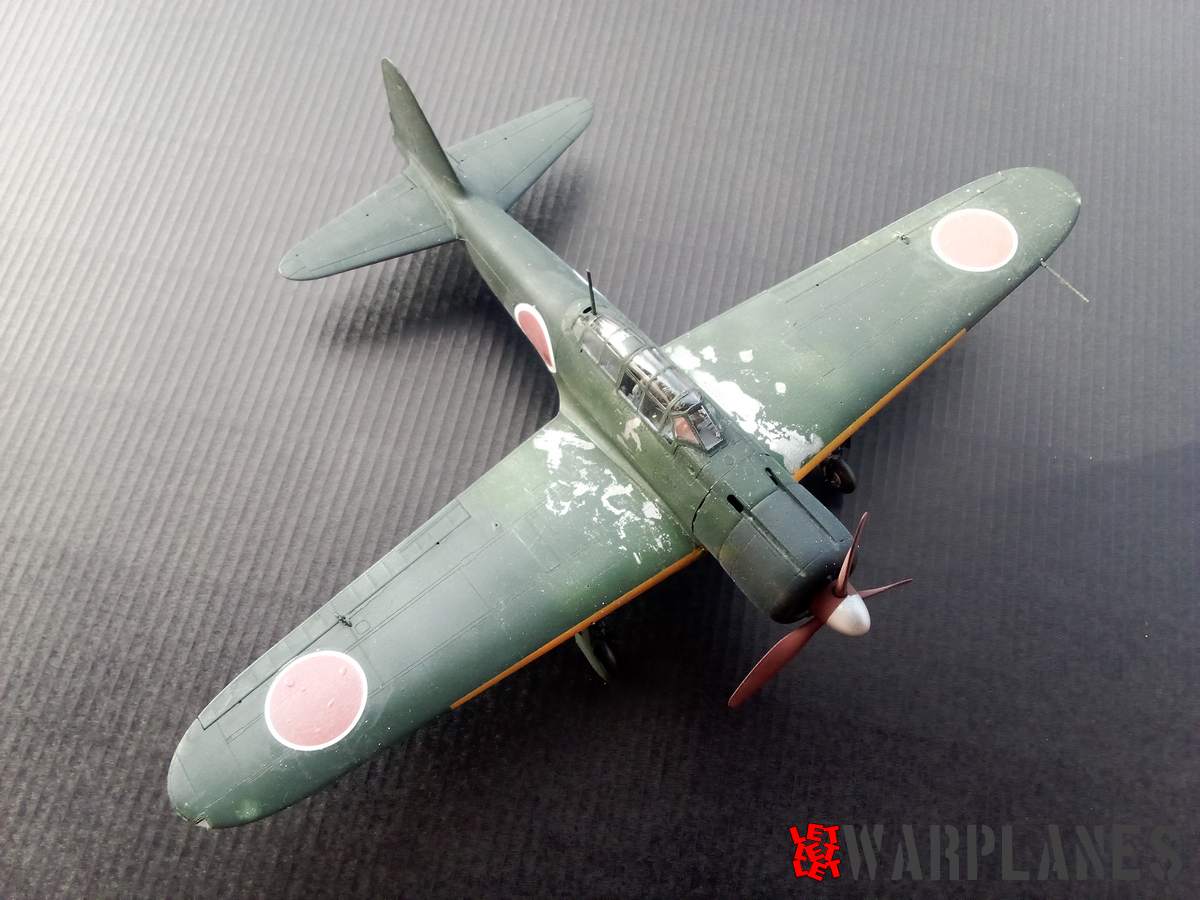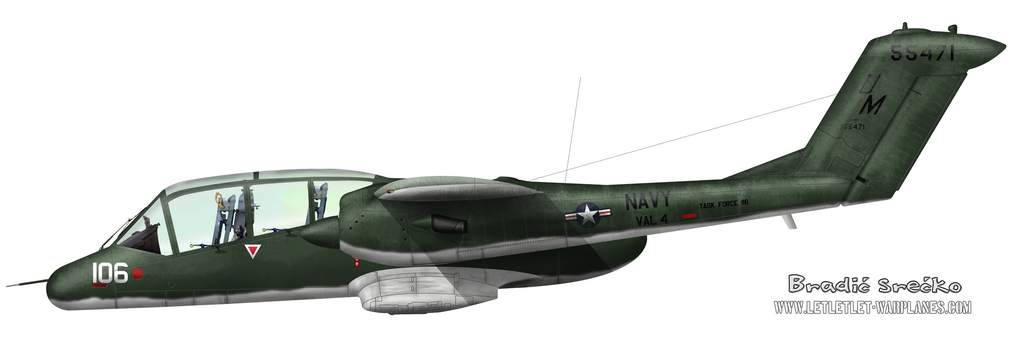Naval Aces of World War I – Part I
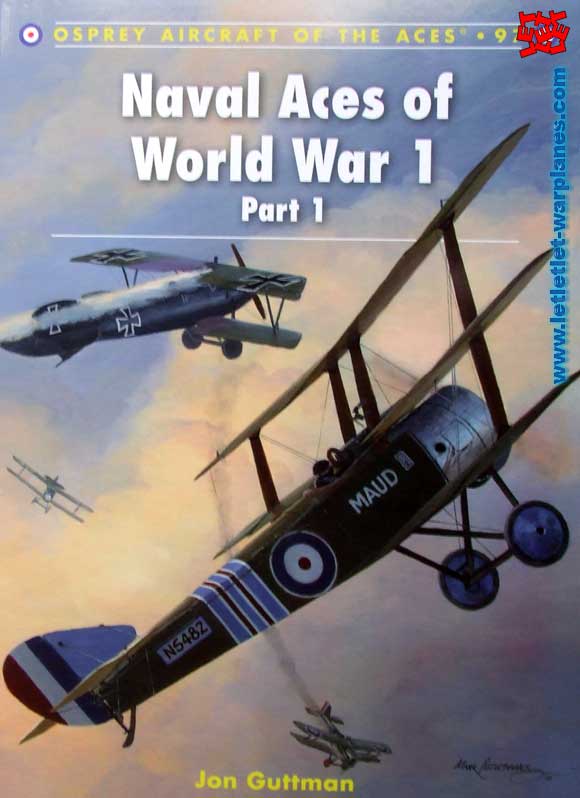
Naval Aces of World War I – Part I
[dropcap]J[/dropcap]on Guttman is research director and contributing writer for Weider History Group Publications. He has written 15 titles in the Osprey series including SPAD VII Aces of World War I, SPAD XII/XIII Aces of World War I, Pusher Aces of World War I and Balloon-busting Aces, Lafayette Escadrille, Groupe de Combat 12 “Les Cigognes” and 1st Pursuit Group USAS. He haves also written 4 books in the Duel series on WWI fighter aircraft and aviators.
Artworks are made by Harry Dempsey, a 30 years passionate in aviation and who is the habitual illustrator of the Osprey’s Aircraft of the Aces serie.

Although overshadowed by their army colleagues, naval aviators played a significant role in the World War I, including some noteworthy contributions in fighter aviation. At a time when the Royal Flying Corps was struggling to match the “Fokker Scourge” of 1915-1916, the Royal Naval Air Service (RNAS) was first to use Sopwith’s excellent line of scouts, such as the Pup, Triplane and Camel. Some RNAS pilots, such as Raymond Collishaw, Robert A Little and Roderick Stanley Dallas, rated amongst the most successful in the British Commonwealth during the conflict. Their rank also included a handful of RNAS aces who scored victories in Nieuport scouts, along with one individual who managed to claim his first success in a Sopwith Baby floatplane. Less publicized, but no less courageous, were the RNAS bomber pilots and observers, some of whom were credited with five or more victories during the course of their sorties against German bases in Flanders, flying DH4s.
The book is divided in 7 chapters and 1 “Appendices” section.
Chapter I: Senior service takes wings
Explains the birth of the service and presents the first pilots to come in the Naval Air Service.
Chapter II: Sensible Sopwith
The RNAS preferred Sopwith aircrafts to pushers like the DH2, to counter the “Fokker Scourge”
Chapter III: The Triplane Trend
This chapter is more focusing on the use of the infamous Sopwith Triplane.
Chapter IV: Focus on Flanders
Depicts the role of the RNAS in the Flanders
Chapter V: Camels versus all comers
This chapter is reserved to the use of the Sopwith Camel in the RNAS ranks
Chapter VI: Seaplane Defence and Bomber Aces
The role of the seaplane and bomber pilots and crewmen is not forgotten and described here.
Chapter VII: Attacks and Amalgamation
Some attacks made by RNAS pilots are described here.
Appendices
As always with the Osprey books of the Aces, you’ll find here a lot of pilot names with their RNAS Squadrons, RNAS scores and total of victories; and a list of RNAS pilots and observers who achieved acedom in RAF units. You’ll find also the description of the splendid colour plates that are found on no less than 11 pages in the center pages of the book. Finally there is the unavoidable but so useful index…
This 96 pages book is a real must for people and modelers that have some interest for the RNAS. Richly illustrated by the plates but also by a lot of actual photos (a majority of which were totally unknown for me…), the book will be read as a good roman. I can hardly recommend it and, for myself, I’m just waiting to discover the sequel: “Naval Aces of World War I Part Two”!!! You can buy it direct here!!!
Daniel Clamot
Special thanks to Suzannah Brooksbank, Marketing Administrator, Osprey Group, for providing of sample book






